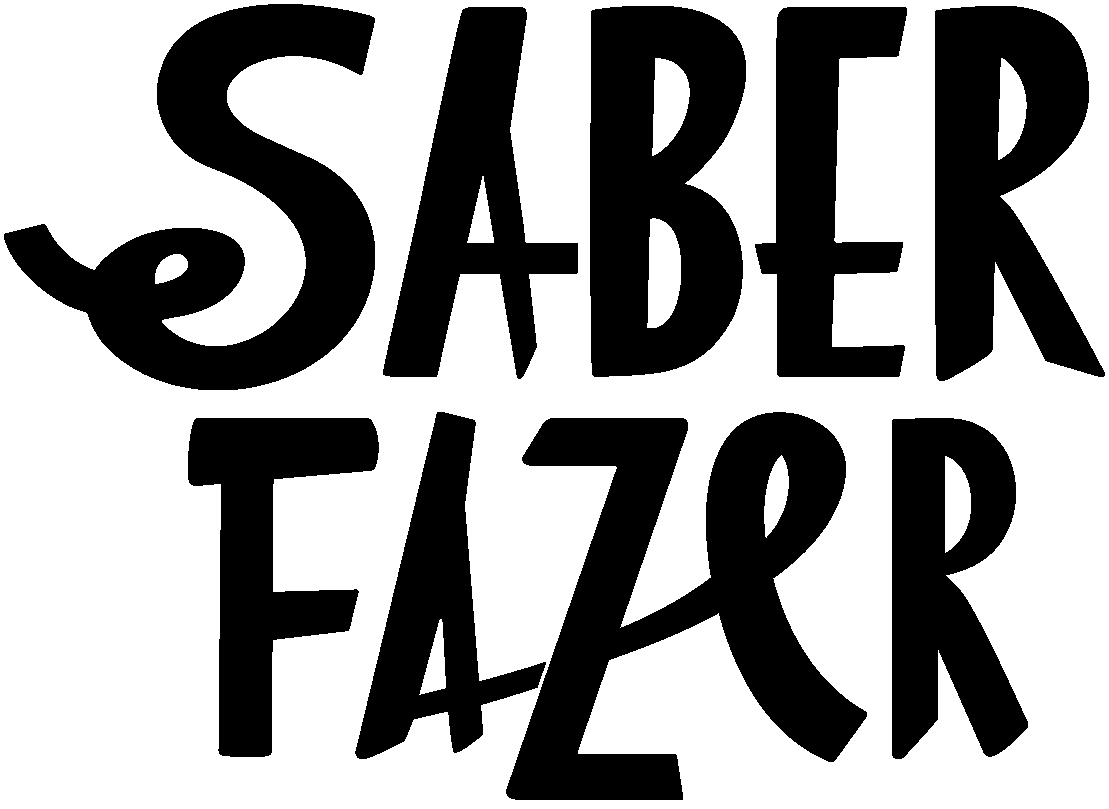Ampliação das instalações
As lagartas crescem e com elas também tem de crescer o número de tabuleiros em que as temos. De um tabuleiro passamos a cinco.
Convém que o número de lagartas por tabuleiro seja controlado e que elas estejam espalhadas o máximo possível. Não queremos que as camadas de folhas se acumulem, tanto por razões de higiene (para que não comecem a acamar e a criar humidade), como para que as lagartas tenham fácil acesso ao alimento fresco. Quando colocamos as folhas novas por cima, elas vão mover-se na sua direcção, mas é bom que as folhas não estejam demasiado longe, porque elas não percorrem grandes distâncias. Por isso o ideal é passarem directamente para a camada acima de onde se encontram.
O bicho-da-seda é um animal domesticado e foi desenvolvido ao longo de séculos não só para melhorar a produção de seda, mas para que a sua criação fosse muito facilitada. Isto quer dizer que, por uma questão de conveniência, o animal foi apurado para ser bastante dócil e pouco empreendedor. As lagartas do bicho da seda, nesta fase larvar (quando têm de encasular a história já é outra), não saem do local onde está o alimento, e também não se movem grandes distâncias em busca dele, daí que tenhamos de assegurar que o têm bem próximo.
Da mesma forma, as borboletas que nascem destas larvas foram desenvolvidas para não voarem e para terem um tempo de vida bastante curto naturalmente, durante o qual a única missão é a reprodução, já que nem aparelho bucal para se alimentar possuem.
Aqui há umas semanas atrás, encontrei o relato do Bryan, que vive no Japão e produz a sua própria seda há bastantes anos, acerca de como no meio das suas lagartas domesticadas deste ano encontrou umas selvagens, e descreve um pouco a diferença de comportamento:
"(...) The silkworms this time around are not all behaving as they should. I noticed a few kuwako, the wild silkworms that occasionally come in on the mulberry from the field.
Then I noticed a few more. They walk around and stand on their simpler brothers and sister's heads and behave in other cheeky ways. Climbing up the walls and running across leaves. (...)".
--
[29.04.2015 / Este post refere-se à investigação e actividades desenvolvidas no âmbito do programa Saber Fazer em Serralves ]
Housing extension
The silkworms are constantly growing and the number of trays grow with them. From one tray we went to have five.
It’s good to control the number of silkworms per tray, and that they are spread out as much as possible, keeping the space not too crowded. We don’t want the leaf layers to accumulate a lot, both for hygiene reasons (so that it doesn’t start to create moisture in the tray), but also for the worms to have easy access to fresh food. When we place fresh leaves on top, they will move in their direction, but the leaves better no be too far away, because they won’t move that far. So, it’s best if they can go directly from one layer to the other without much trouble.
The silkworm is a domesticated animal and it was developed during centuries not only to improve the quality of the silk produced, but also to make its rearing easier. This means that the animal has been bred to be docile and not very entrepreneurial. Silkworms, in this larval stage (when they start to cocoon its a different story), don’t leave the place where the food is, and they won’t move a great distance to find it either, so we need to assure they have it close to them.
In the same manner, the butterflies will not fly away and they have a very short lifespan, during which their only purpose is to reproduce, since they can’t even feed.
A few weeks ago, I read this post from Bryan, that lives in Japan and breeds his own silk moths, about how in the middle of his domesticated silkworms he found a few of the wild ones, and describes the behavior difference:
"(...) The silkworms this time around are not all behaving as they should. I noticed a few kuwako, the wild silkworms that occasionally come in on the mulberry from the field.
Then I noticed a few more. They walk around and stand on their simpler brothers and sister's heads and behave in other cheeky ways. Climbing up the walls and running across leaves. (...)".
--
[29.04.2015 / This post refers to the investigation and activities developed during the Saber Fazer em Serralves program]




